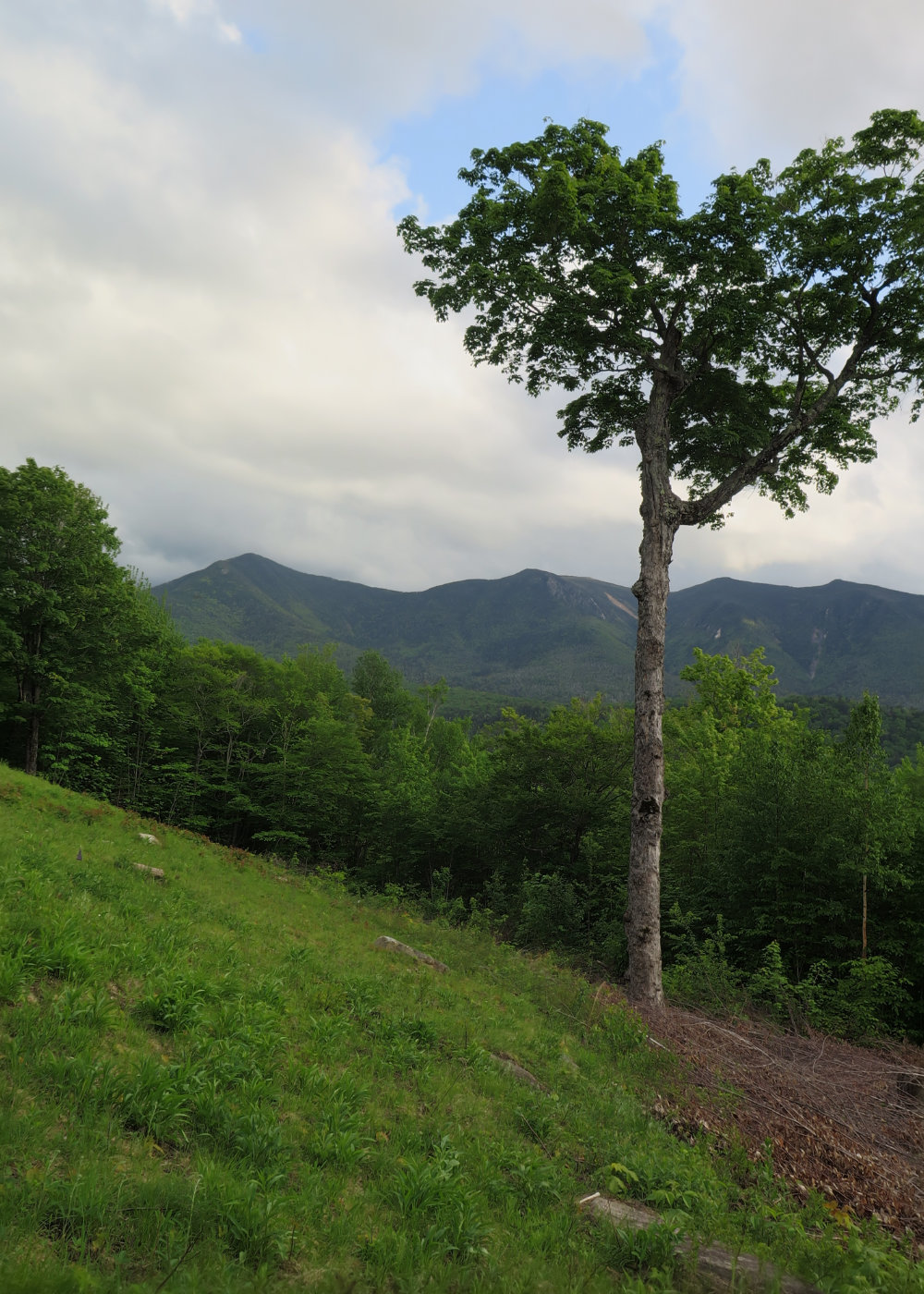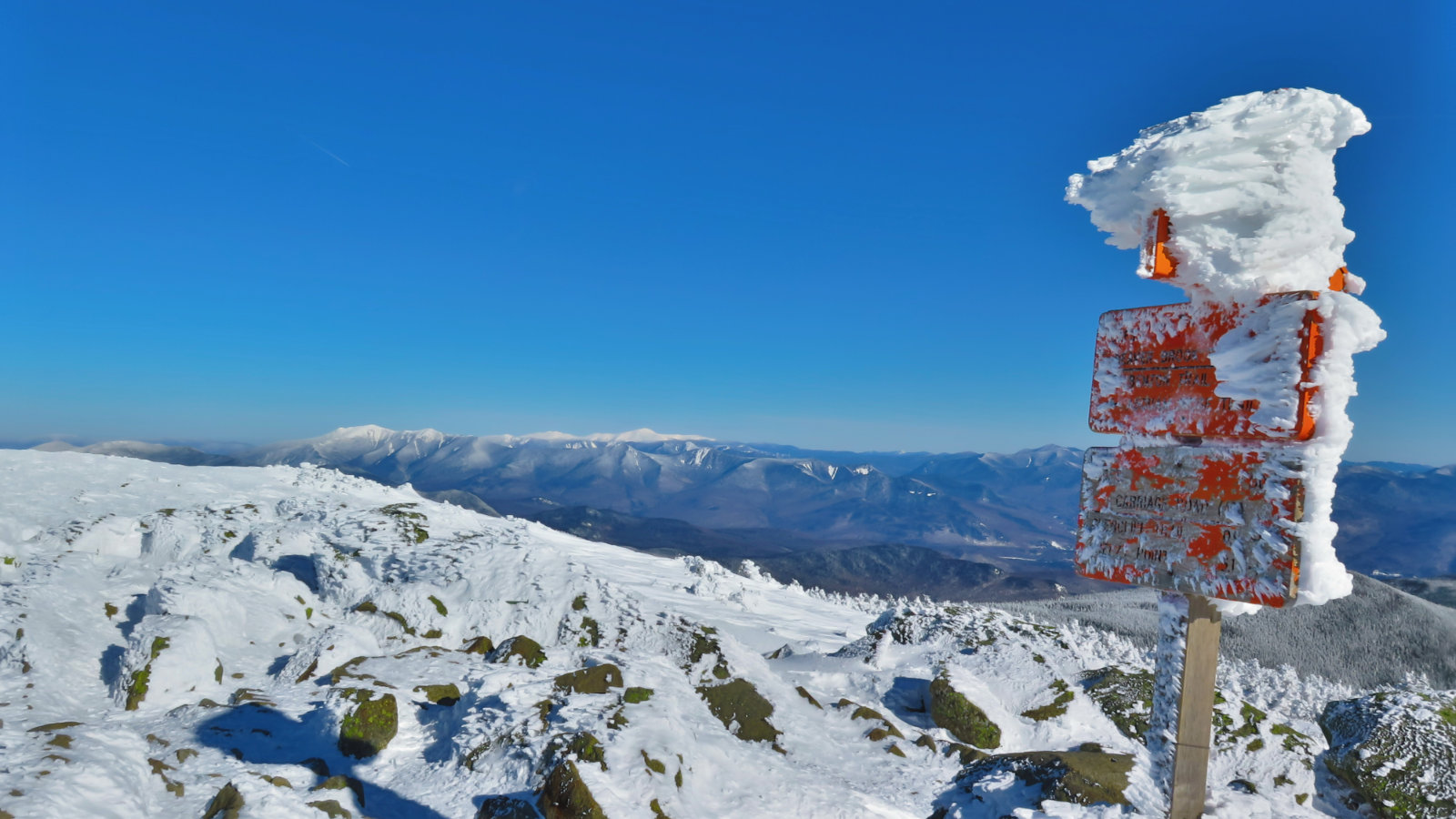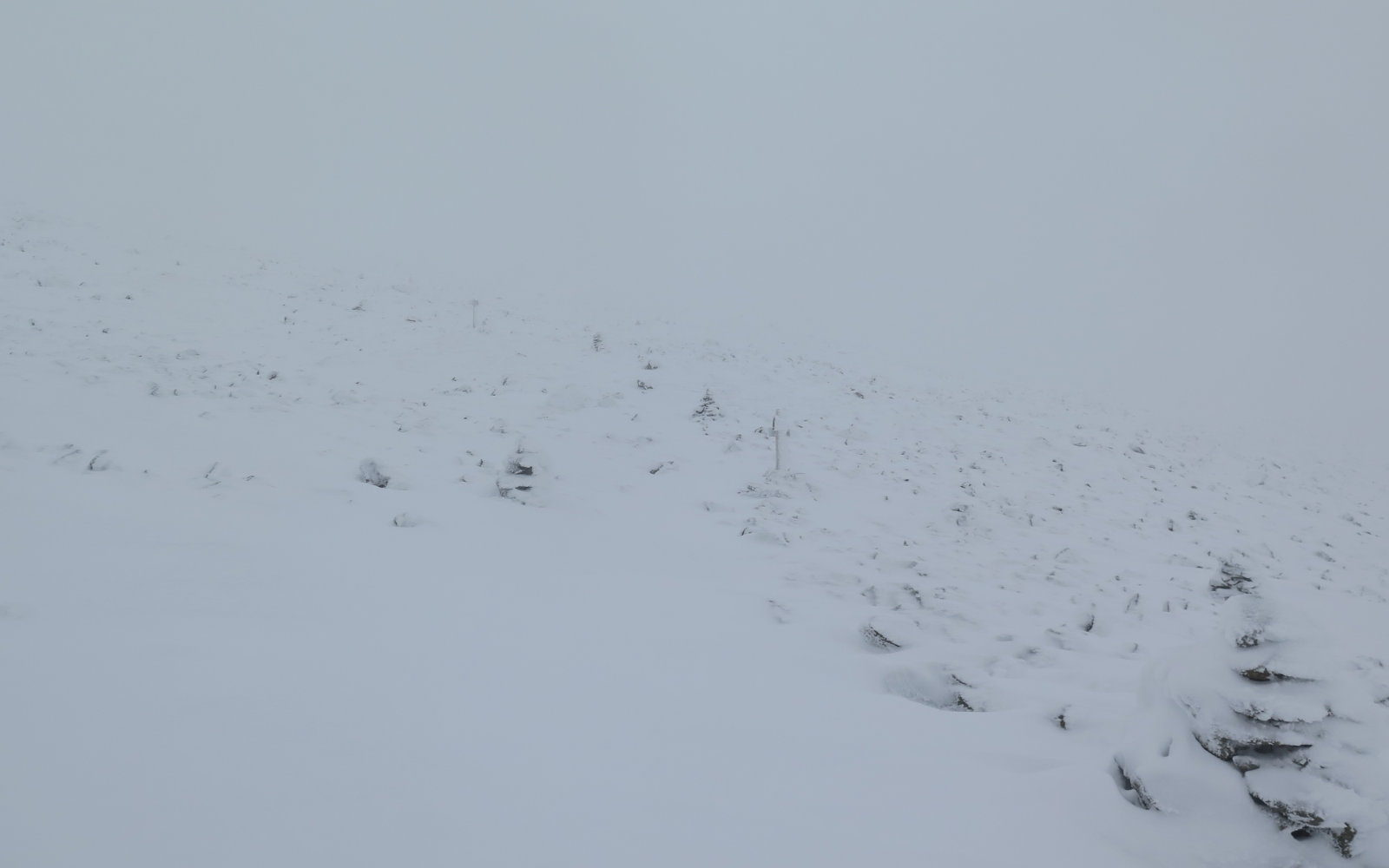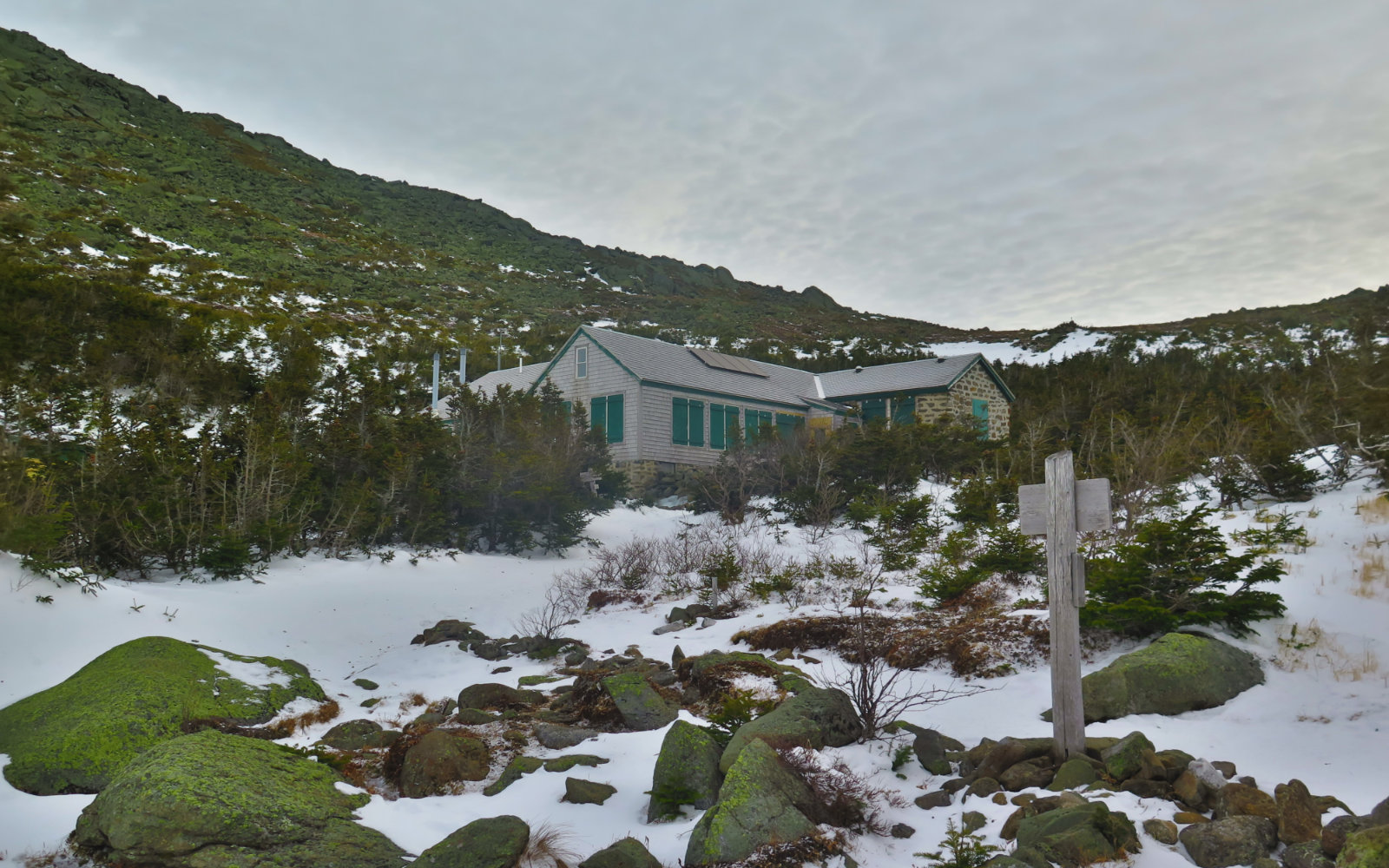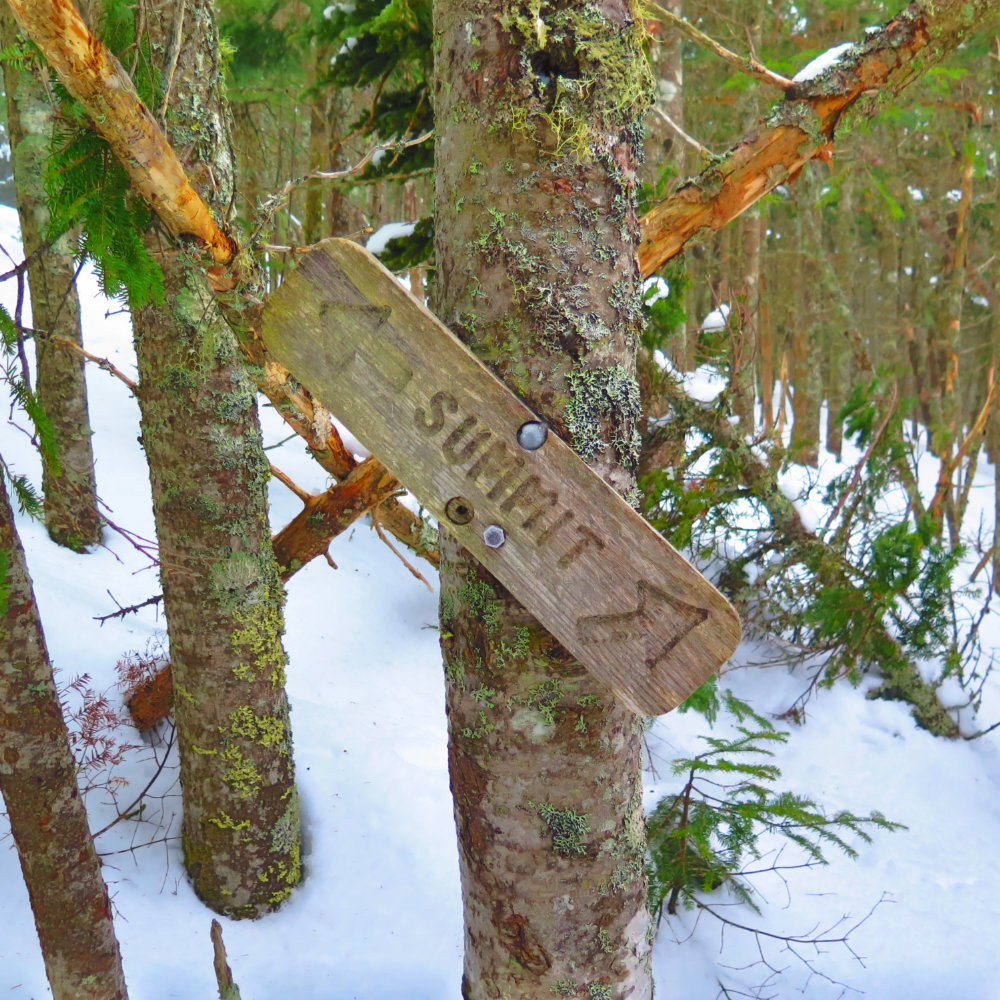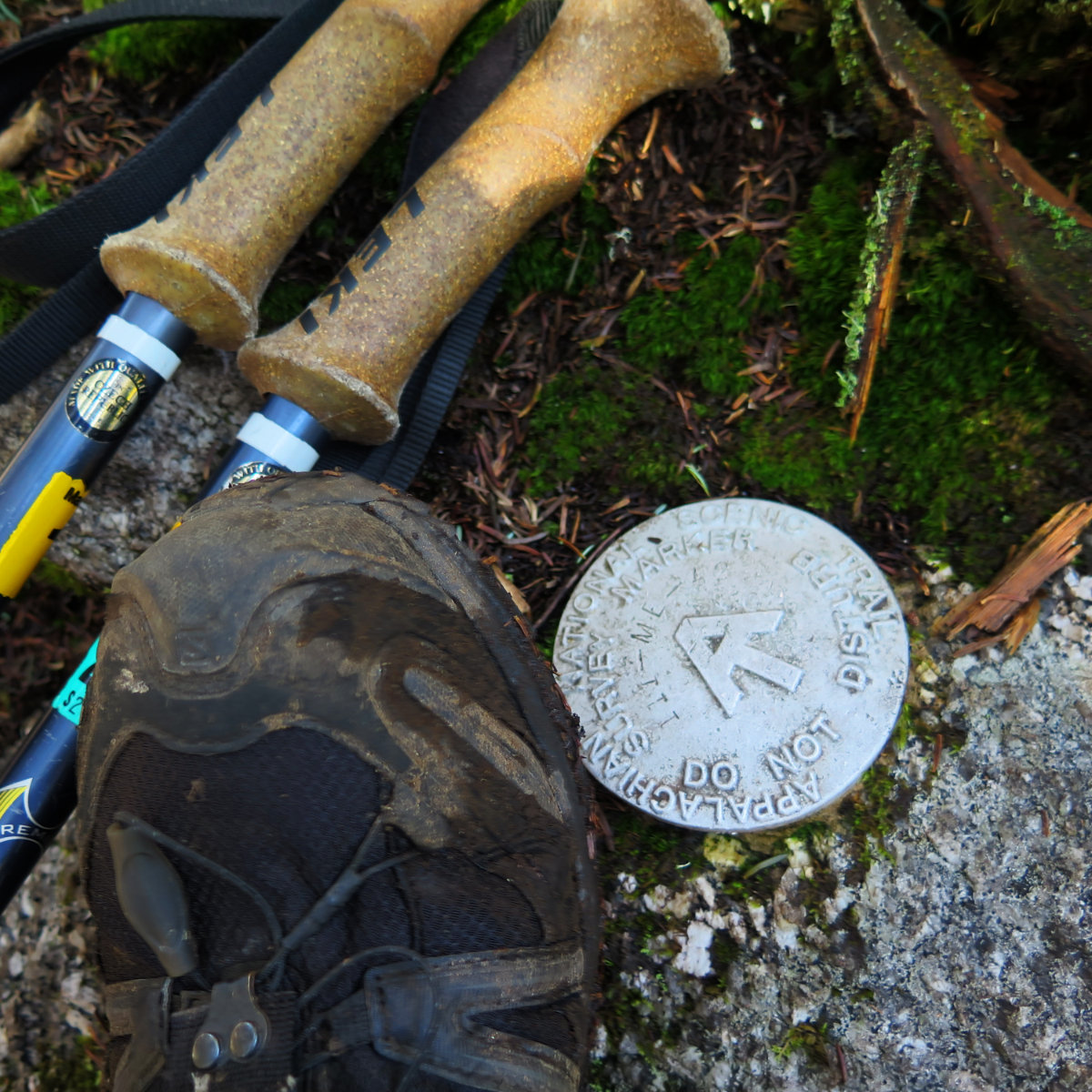It doesn’t feel like it, but hiking in the Whites is an inherently risky activity. Here’s a framework for managing that risk.
Essay
Poor decisions in the mountains can get you in trouble, fast. Sometimes we fall for mental traps. What are those traps?
Staying safe when hiking isn’t just about the trail, it’s also about the approach, and the return home.
Thanks to all my readers for your well wishes for a speedy recovery.
Among the ten essentials for safe hiking is warm clothing. That’s just part of the equation. Here are some strategies for staying warm and dealing with the cold.
Sometimes you have to leave the trail for a moment. How can you get back on track? Here’s some strategies to keep from getting lost.
Let’s examine the ten things, but ask if those are enough. We’ll focus on navigation to start. How do we use any given tool is less important than how can we be smart, and perhaps even navigate without tools.
Looking back at a trip helps us to plan for tomorrow. What lessons can we learn from a trip with a nasty injury?
“Which one should I do first?” is a common question when hiking the 4,000 footers, and indeed, it’s the question that got me started writing this blog…
Looking out, looking back, looking forward. Having hiked the New England 67 four thousand footers, I’m looking forward now to hiking the Appalachian Trail and seeing what that has in store.
Looking out, and looking back at hiking the New Hampshire forty-eight 4,000 footers.



